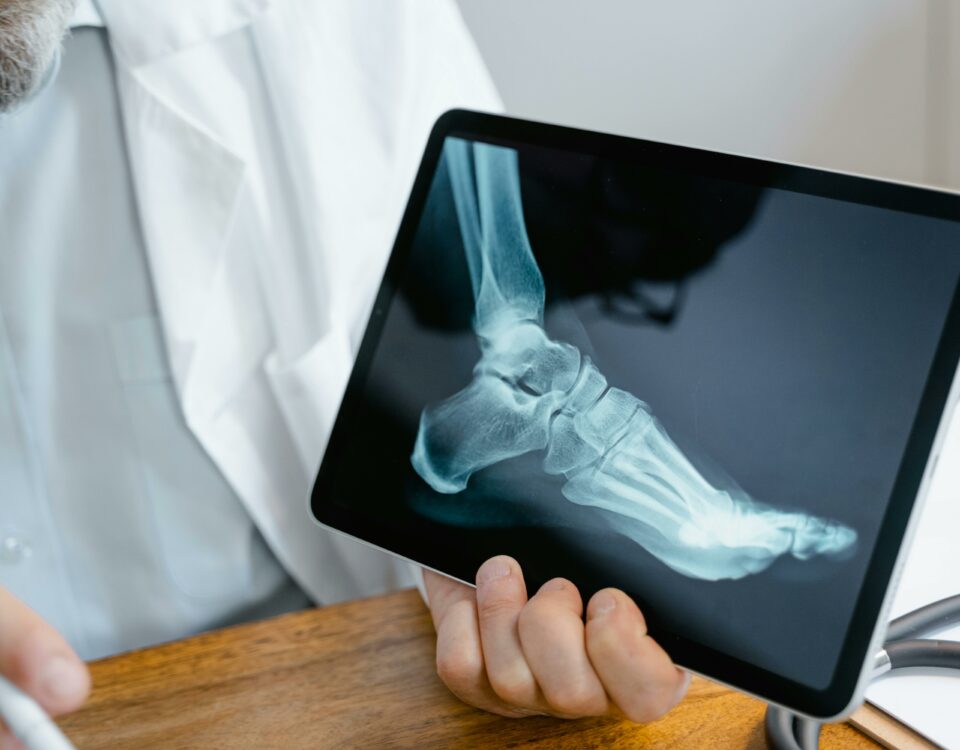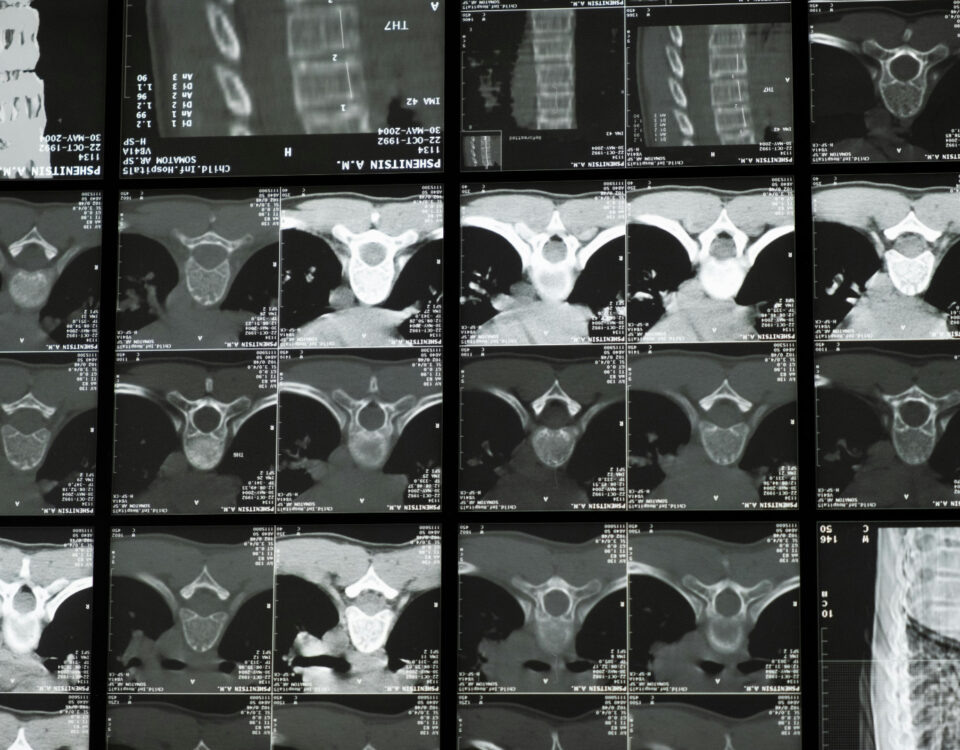
Your Gut has a brain that can help with Chronic Pain?
November 25, 2023
Staying Healthy and Visiting a Masked, Vaccinated Chiropractic Clinic
December 24, 2023How could I have a short leg and how is that creating pain?
Recently, a patient came in with a history of low back, buttock and leg pain that seemed to be related to regular daily functions like walking or standing. The more they did of that, including hiking or high performance, the more that challenge showed up. The patient also reported occasional episodes of knee pain. Using a gravity-dependent method and a high-low table, I easily measured a leg length inequality. At the same time that I wondered how this patient’s actual leg length might look on X-ray, I wondered if pelvic rotation could be creating a “short leg syndrome” pattern of dysfunction. The patient’s response was “how could I have a short leg? I never knew!!”
How can a leg be or become short?
Short leg syndrome, or leg length discrepancy, is when one leg is shorter than the other due to anatomical or functional reasons. Anatomically, bone lengths can vary, and at the same time, knee dysfunctions and loss of joint space can shorten a leg. The other “functional” cause is pelvic rotation, where the pelvis is rotated or twisted, affecting the leg alignment and mechanics, causing the apparent shortening of one leg. This is not necessarily dramatic, and would not be noticeable without close observations. Pelvic rotation can result from various factors, such as foot posture, hip joint dysfunction, spinal curvature, or muscle imbalance. These factors can change the pelvis movement and stability, causing compensatory changes in the spine, hips, knees, ankles, and feet.
Short leg syndrome caused by pelvic rotation can cause symptoms like low back pain, hip pain, sciatica, knee pain, foot pain, or gait abnormalities. These symptoms can impair the quality of life and function of the affected individuals, and increase the risk of other musculoskeletal disorders. Painkillers and indiscriminate use of anti-inflammatories – or worse yet – opioids, often enter into the picture and creat other problems.
How do we check for Leg length Inequality?
It’s not easy to measure leg length, since laying down on beds, or even on the floor, with your head or feet turned to one side or the other will change things. We have seen that a leg length inequality of as little as 3 mm (1/8”) can contribute to pain over time; other patients who walk into the clinic might have an otherwise undetected 3/4” or more. Turns out you can’t really just lie someone down on a regular surface and expect a proper measurement. The good news is we have some special instrumenation in the clinic, including a special table that allows a gravity-dependent method. Occasionally consult X-rays if they are available. If the problem is big enough, it might be time for some new films. Contact the clinic for a session to get this evaluated. (( APPOINTMENT LINK ))
How do we treat Leg Length Inequality?
Leg Length Discrepancy caused by an actual anatomic leg length measurement is usually addressed with a heel lift or orthotic, after considering all factors involved. We don’t recommend you go and add a heel lift yourself; you could go on a distracting, painful detour. More specifically, Leg Length Inequality created by the rotation of the pelvis can be functional, caused by posture or circumstance, and can be addressed directly.
The treatment of short leg syndrome caused by pelvic rotation varies depending on the cause and severity. Some treatment options are manual therapy, exercises, orthotics, heel lifts, or surgery. The treatment goal is to restore the pelvis and leg balance and symmetry, and to reduce the pain and disability. At Blue Heron Chiropractic, we are going to address the mechanics between the pelvis and the legs, attend to muscle imbalances, and address standing posture and gait. These are non-invasive, 30 minute treatments, not requiring corticosteroid injections or surgery.
How did it work with this patient?
In this case, adjusting the patient’s pelvic rotation literally corrected the problem almost instantly, and all symptoms resolved. It turns out that with some particular activities, they had developed a pelvic rotation and that had to be corrected. As the pelvis rotates on one side relative to the other, it drew up the leg, making it functionally short. Since the patient actually needed a postural correction to hold this result, we set them up with a special footbed (orthotic) for their shoe. Problem solved – and like this one – often in less than three treatments.
Is Blue Heron Chiropractic masking for COVID-19 or RSV at this time?
A mask is not required. However, with the latest Covid-19 variants and some RSV viruses, people are still getting sick for days or weeks. As of this time (December/January 2023/2024), our staff is going to mask. Staff is vaccinated and boosted, and while the Doctor is going to mask for your session, your mask is definitely optional. Even if we get this, we won’t be gone long and can get back to caring for you. We remain proactive for folks who are immune compromised, have “Long Covid”, or need special considerations. A patient can wear their own mask at any time. If you would like a mask and don’t have one, we can provide it – but again, masking is optional. If you have flu-like symptoms, are sneezing or coughing or blowing, we may provide you with a mask. Feel free to mention this to us when you call in to confirm your appointment. This strategy will allow us to continue to serve you better; You can access Chiropractic safely and securely at Blue Heron Chiropractic & Healing Arts Center, with Dr. Dana Sibilla, DC DABCO FIANM.
Want some more chiropractic reading? Try our prior blog on Gut Organisms and Chronic Pain. There is also an older piece here on Pelvic Rocking.




